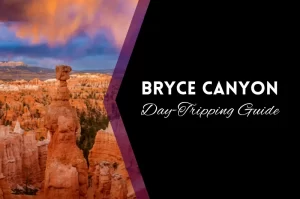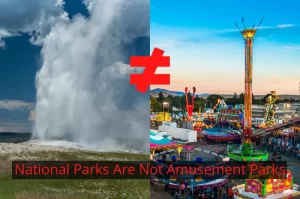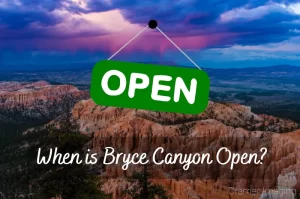Bryce Canyon National Park is one of the features of Southern Utah. Millions of tourists come through its gate every year. However, it really does have a different name. Have you ever wondered why Bryce Canyon National Park bears the name of Bryce? Today we’ll discuss that very reason.
This history of southern Utah is rather short when compared to other areas of the world. It spent most of its time in the hands of the native populations. The Paiute tribe is perhaps the most prominent. However other tribes used the area as well. Western settlements began with the Mormon pioneers. They first arrived in the Utah area in the 1850’s and started spreading out from the Salt Lake area. Here’s what Bryce Canyon actually says about its history of naming on signs available for the public to read.
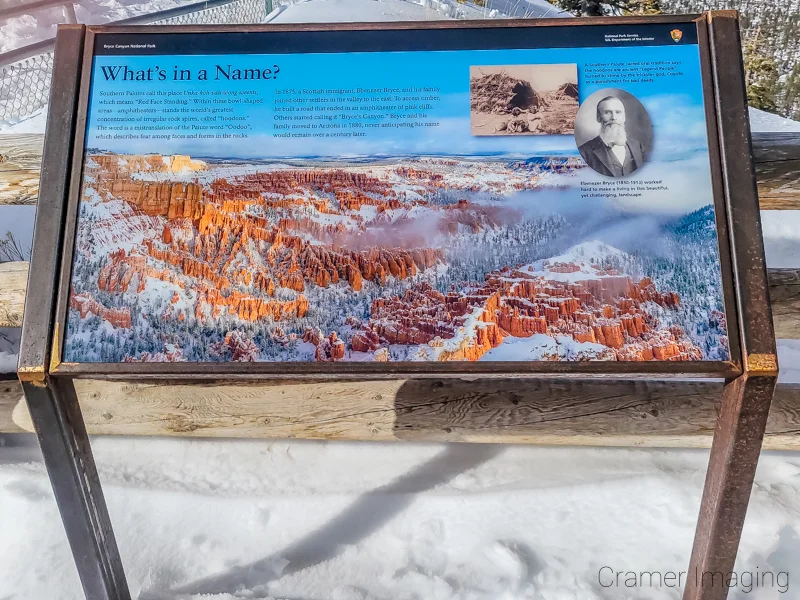
Southern Paiutes call this place Unka-koh-vah-wong-weents, which means ‘Red Face Standing.’ Within these bowl-shaped areas–amphitheaters–stands the world’s largest concentration of irregular rock spires, called ‘hoodoos.’ The word is a mistranslated of the Paiute word ‘Ooodoo’, which describes fear among faces and forms in the rocks.
In 1875, a Scottish immigrant, Ebenezer Bryce, and his family joined other settlers in the valley to the east. To access timber, he build a road that ended in an amphitheater of pink cliffs. Others started calling ‘Bryce’s Canyon.’ Bryce and his family moved to Arizona in 1880, never anticipating his name would remain over a century later.
So, Ebenezer Bryce left his name behind at what would later become a national park seemingly unintentionally. Still, his family legacy in the area continues.
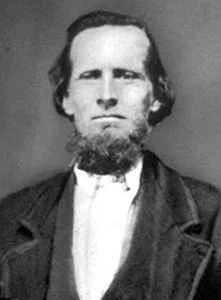
Seemingly unknown date
Other signs around the park will tell you more about Ebenezer Bryce and the Mormon pioneers who settled the area. One sign I know of displays a quote attributed to Ebenezer describing the very area which later took his last name. He reportedly called Bryce Canyon a “h*ll of a place to lose a cow.” I really can’t argue with his sentiments there. The local settlers referred to the area as badlands and also “Bryce’s canyon.”
If you look closely at the landscape, it’s steep in many places. Also, there’s way too many nooks and crannies where any kind of livestock could lose themselves and never be found. Even located, extraction of the lost and trapped animal might endanger more lives than simply the poor animal only.
For recovery, there were no search helicopters nor air lift assistance then. You and your family and neighbors were on your feet with ropes, levers, pulleys, and muscle strength (both human and animal). If the price of recovering the animal was deemed too high, the animal would be put out of its misery.
Perhaps you too will empathize with Ebenezer Bryce when you look at photos like these of the area now called Bryce Canyon National Park.
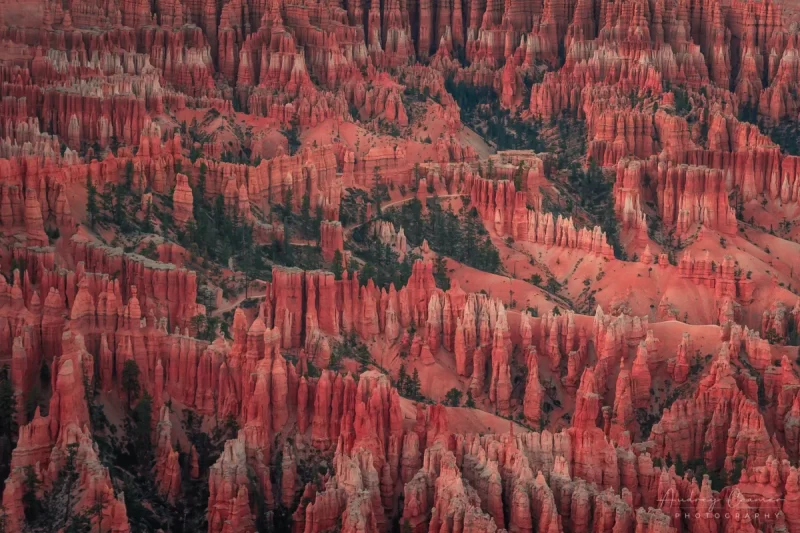
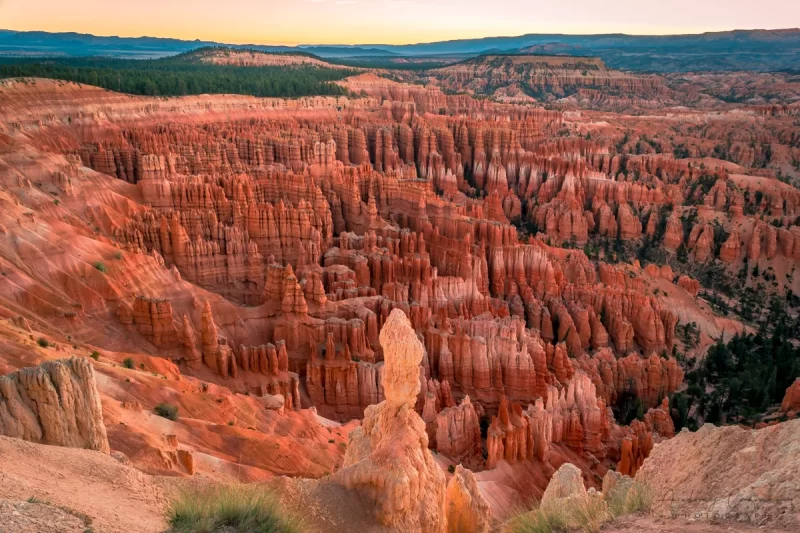
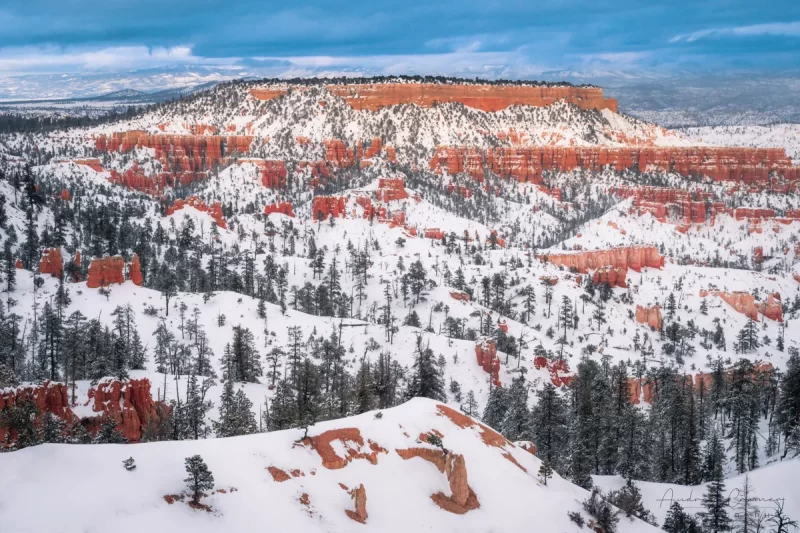
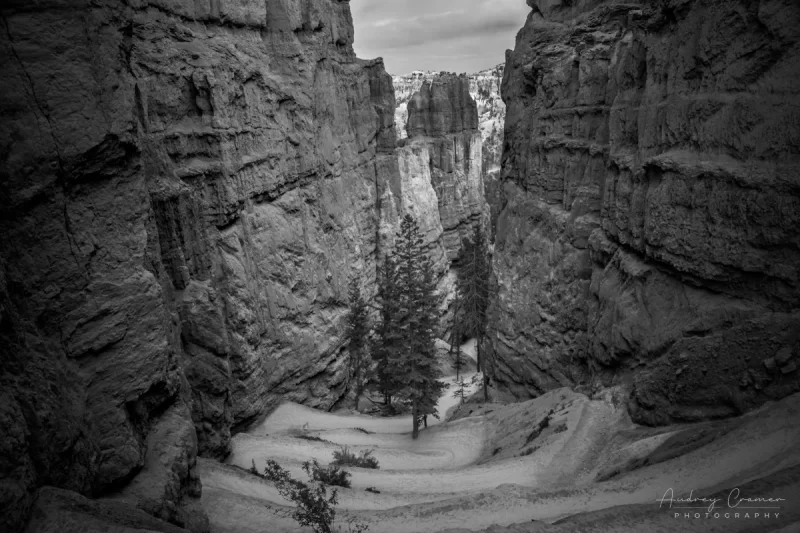
In conclusion, Bryce Canyon National Park is called Bryce Canyon because a man named Ebenezer Bryce once settled the area of nearby Tropic and left his mark. He didn’t like the badlands which now bear his name. Still, his legacy continues as he gave his name to those very badlands he dreaded losing his livestock in. So, that’s why Bryce Canyon is called Bryce Canyon.
Have you ever traveled to Bryce Canon? Do you have such notable pioneer ancestry? Please share your thoughts about this in the comments section below.


